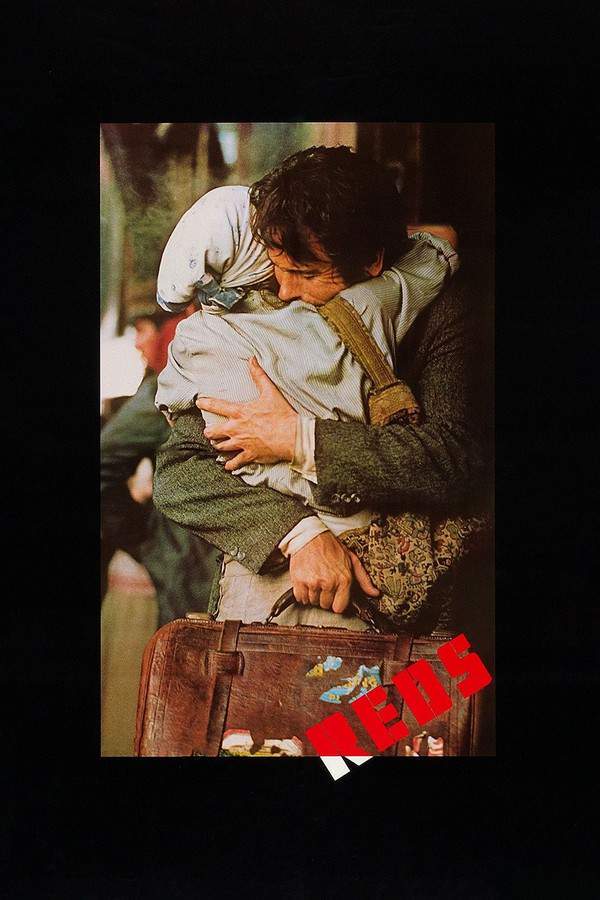
Reds
Year: 1981
Runtime: 195 min
Language: english
Budget: $32M
During the Russian Revolution, American journalist John Reed immerses himself in the events, documenting the upheaval and reporting on the Bolshevik cause. As he chronicles the revolution, he experiences love and loss, and his own political convictions deepen. The film explores themes of idealism, sacrifice, and the profound impact of historical events on individual lives, portraying a pivotal moment in history through the eyes of a passionate observer.
Warning: spoilers below!
Haven’t seen Reds yet? This summary contains major spoilers. Bookmark the page, watch the movie, and come back for the full breakdown. If you're ready, scroll on and relive the story!
Reds (1981) – Full Plot Summary & Ending Explained
Read the complete plot breakdown of Reds (1981), including all key story events, major twists, and the ending explained in detail. Discover what really happened—and what it all means.
In 1915, Louise Bryant, a married journalist and suffragist, meets the radical journalist John Reed at a lecture in Portland, Oregon, and is drawn to his ardent idealism. What begins as a chance encounter becomes a deep dive into international politics, as a night-long interview helps Bryant see that writing has been her true escape from a life she finds frustratING.
Driven by a new sense of purpose, she is inspired to leave her husband and joins Reed in Greenwich Village. There she is drawn into a vivid circle of activists and artists, where bold voices echo through crowded rooms and smoky theaters, and she begins to define herself as a feminist and radical in her own right. As Reed throws himself into labor struggles with the Reds of the Industrial Workers of the World, his hunger to change the world grows ever more intense, pulling him toward larger stages and farther horizons.
The couple moves to Provincetown, Massachusetts, to focus on their writing and to immerse themselves in the local theater scene. Bryant’s work and perspective begin to reshape her identity, while Reed’s restless energy fuels a shared ambition to chronicle and influence the social upheavals around them. Their collaboration is charged with intellectual camaraderie and personal risk, and the bond between them deepens even as their ambitions pull in different directions.
Reed’s radical fervor leads him into high-stakes international engagement, and Bryant finds herself navigating a life that is increasingly divided between shared purpose and personal longing. During Reed’s absence in the Midwest covering a pivotal convention, Bryant enters a complicated affair with the playwright Eugene O’Neill. When Reed returns, he learns of the liaison but still loves Bryant, and the pair marry in secret, establishing a home in Croton-on-Hudson while their visions for life and politics continue to diverge.
As Reed confronts his own infidelities, Bryant decides to work abroad, traveling to Europe as a war correspondent. A kidney disorder complicates Reed’s health, leading to the removal of one kidney, yet he is warned to limit travel and stress—caution he ultimately sets aside to pursue the next front in their shared journey. Together again, they reconnect through their work as they travel to Russia, where they become swept up in the collapse of the czarist regime and the upheavals of the 1917 Revolution.
Back in the United States, Reed writes the influential Ten Days That Shook the World while Bryant is summoned to testify before the Overman Committee, a moment that crystallizes the political stakes surrounding their lives. Reed’s political trajectory accelerates as he aligns with the Left Wing of the Socialist Party, and the couple watches as the party’s leadership is reshaped by factional clashes. The Left Wing’s presence is strong, but the old guard refuses to concede control, expelling the entire left faction and pushing Reed toward new and divergent paths, ultimately leading him to form the Communist Labor Party of America.
With a fierce conviction to help steer America toward a Communist future, Reed plans a return to Russia to seek formal recognition from the Soviet Comintern. Bryant, anxious to preserve their relationship, cautions him about the costs of such a path, but Reed proceeds, promising to return by Christmas. When travel to Russia becomes illegal, Reed makes his way by sneaking into Finland, where his disillusionment with Bolshevik authoritarianism deepens. His attempts to leave are thwarted when he is imprisoned after crossing the border, and Bryant, seeking any possible aid, asks the U.S. government for help—only to be met with rejection because Reed has been indicted for sedition in his absence.
Left with few options, Bryant travels illegally to Finland herself, hoping to secure his release, only to discover that Reed has already been moved back to Russia as part of a prisoner exchange. They continue their lives apart until Reed is stationed in Petrograd as a propagandist for the Comintern, sharing a rented apartment with Emma Goldman, who had been deported from the United States. Reed repeatedly attempts to reach Bryant through telegrams sent to New York, but he finds himself increasingly frustrated by the silence.
Louise, determined to reunite with him, eventually makes her way to Petrograd. Emma Goldman meets her there and explains that Reed has been sent to deliver a speech in Baku, leaving Bryant to wonder when they will finally reconnect. A dramatic turn comes when a White Army raid interrupts Reed’s train en route back to Petrograd. He survives the attack and is finally reunited with Bryant at the train station, a moment tempered by the harsh realities of their world.
Soon afterward, Reed falls ill with typhus and is hospitalized. Bryant stays by his side, and in the quiet of his last days they share intimate, loving words. When Bryant leaves to fetch water, she returns to find him dead, his hand resting in hers as she sits with him at his bedside, the closing image of a life spent chasing a revolutionary dream and a personal longing that could not be fully reconciled.
Last Updated: October 09, 2025 at 15:44
Explore Movie Threads
Discover curated groups of movies connected by mood, themes, and story style. Browse collections built around emotion, atmosphere, and narrative focus to easily find films that match what you feel like watching right now.
Epic Historical Romances with Tragic Endings like Reds
Grand love stories set against the backdrop of world-changing events, ending in sorrow.For viewers who enjoyed the passionate but doomed love story in Reds. This collection features movies like Reds, where grand historical dramas serve as the backdrop for intense romantic relationships that are ultimately sacrificed to the tides of history, resulting in a powerfully sad and reflective ending.
Narrative Summary
The narrative follows passionate lovers whose relationship is defined and challenged by their involvement in a significant historical movement or conflict. Their personal ideals and love are pitted against the harsh realities of revolution or war, culminating in a tragic loss that underscores the cost of their convictions.
Why These Movies?
Movies in this thread share a core structure: a sweeping historical scale, a central and fervent romance, and an ending that is profoundly sad, often due to death or ideological sacrifice. The emotional journey is heavy, blending the excitement of a cause with the heartbreak of personal loss.
Movies about Political Idealism and Disillusionment like Reds
Stories of fervent believers whose ideals are challenged by the brutal reality of revolution.If you liked the exploration of political passion and its costs in Reds, this thread finds similar movies. Discover stories like Reds about journalists, activists, and revolutionaries whose fervent idealism is tested by the complex and often tragic realities of the political movements they champion.
Narrative Summary
The narrative arc follows a protagonist's journey from enthusiastic belief in a political ideology to a state of sobering disillusionment. This change is catalyzed by witnessing violence, betrayal, or the simple failure of ideals to manifest in reality, often at great personal sacrifice.
Why These Movies?
These films are united by their focus on the emotional and intellectual journey of political awakening and its consequences. They share a high-stakes, intense atmosphere, a steady, reflective pacing that allows for deep character study, and a heavy emotional weight stemming from the collision of dreams with reality.
Unlock the Full Story of Reds
Don't stop at just watching — explore Reds in full detail. From the complete plot summary and scene-by-scene timeline to character breakdowns, thematic analysis, and a deep dive into the ending — every page helps you truly understand what Reds is all about. Plus, discover what's next after the movie.
Reds Timeline
Track the full timeline of Reds with every major event arranged chronologically. Perfect for decoding non-linear storytelling, flashbacks, or parallel narratives with a clear scene-by-scene breakdown.

Characters, Settings & Themes in Reds
Discover the characters, locations, and core themes that shape Reds. Get insights into symbolic elements, setting significance, and deeper narrative meaning — ideal for thematic analysis and movie breakdowns.

Reds Spoiler-Free Summary
Get a quick, spoiler-free overview of Reds that covers the main plot points and key details without revealing any major twists or spoilers. Perfect for those who want to know what to expect before diving in.

More About Reds
Visit What's After the Movie to explore more about Reds: box office results, cast and crew info, production details, post-credit scenes, and external links — all in one place for movie fans and researchers.

Similar Movies to Reds
Discover movies like Reds that share similar genres, themes, and storytelling elements. Whether you’re drawn to the atmosphere, character arcs, or plot structure, these curated recommendations will help you explore more films you’ll love.
Explore More About Movie Reds
Reds (1981) Scene-by-Scene Movie Timeline
Reds (1981) Movie Characters, Themes & Settings
Reds (1981) Spoiler-Free Summary & Key Flow
Movies Like Reds – Similar Titles You’ll Enjoy
Red Army (2014) Spoiler-Packed Plot Recap
Pretty Red Dress (2023) Full Movie Breakdown
Redlegs (2012) Full Movie Breakdown
This Revolution (2005) Movie Recap & Themes
Revolution: New Art for a New World (2017) Full Movie Breakdown
The Russian Revolution (2017) Complete Plot Breakdown
The Red Shade (1981) Full Movie Breakdown
Red Kiss (1985) Full Movie Breakdown
Seeing Red: Stories of American Communists (1983) Plot Summary & Ending Explained
The Red Dance (1928) Plot Summary & Ending Explained
Red Psalm (1972) Detailed Story Recap
Red Hot (1993) Movie Recap & Themes
The Red and the White (1967) Full Movie Breakdown
October (Ten Days that Shook the World) (1927) Plot Summary & Ending Explained
We the Living, Part One (1942) Spoiler-Packed Plot Recap


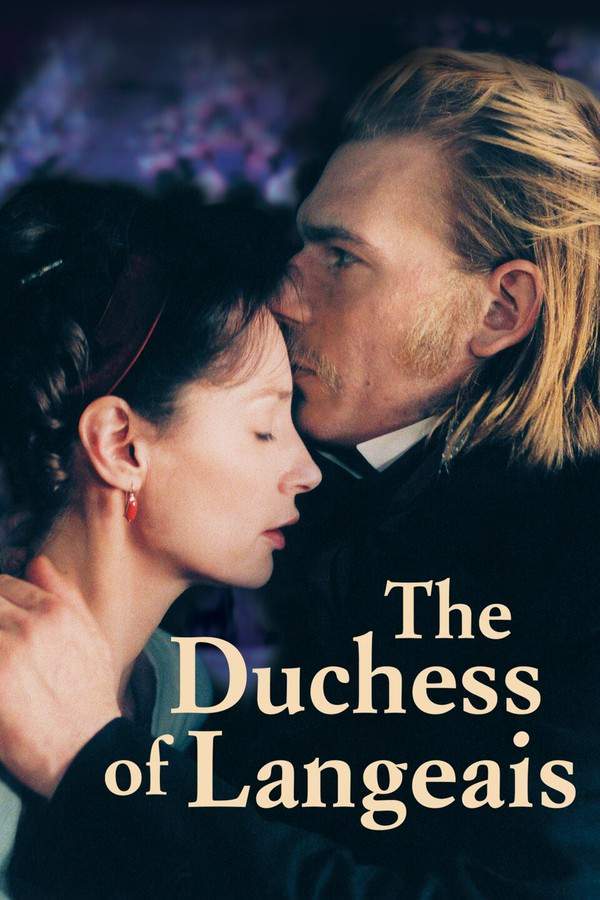












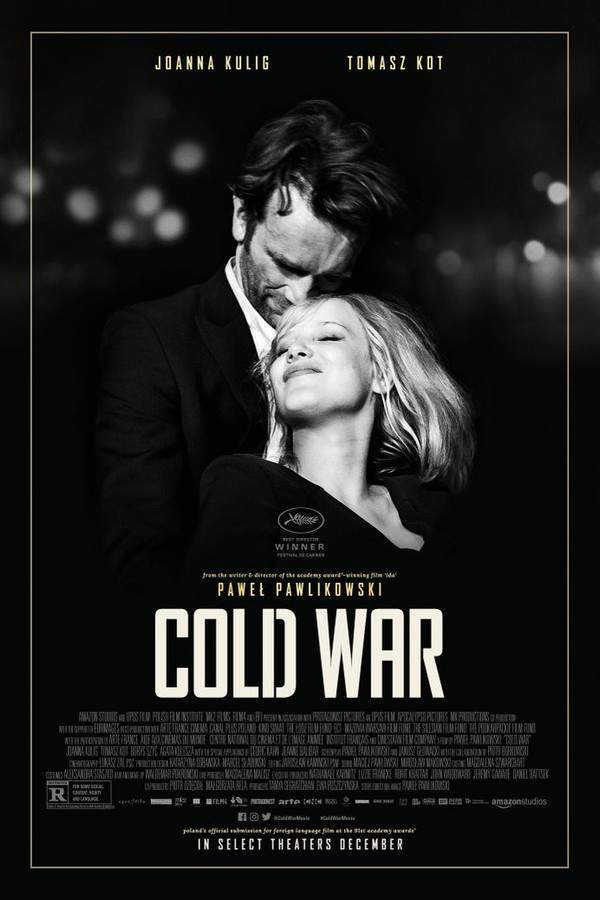
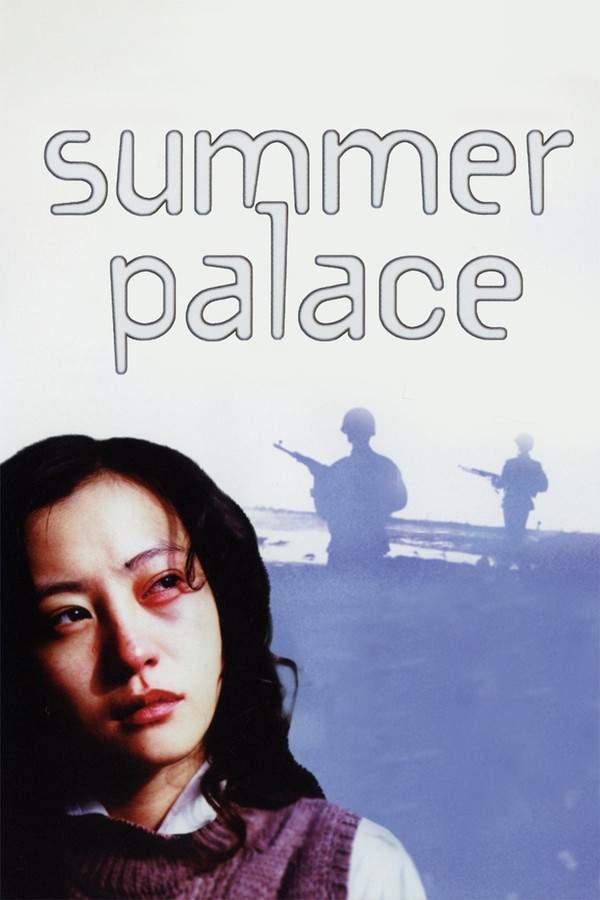

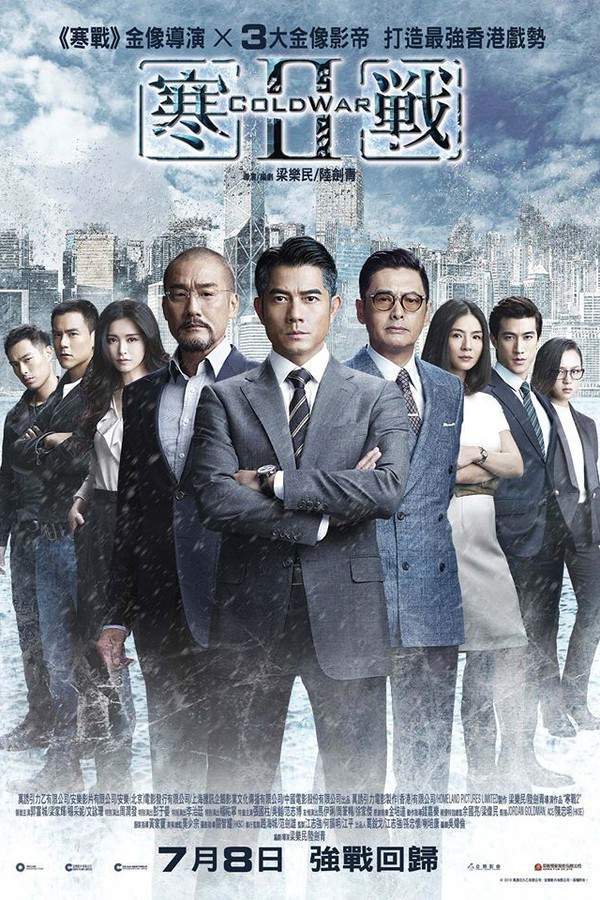
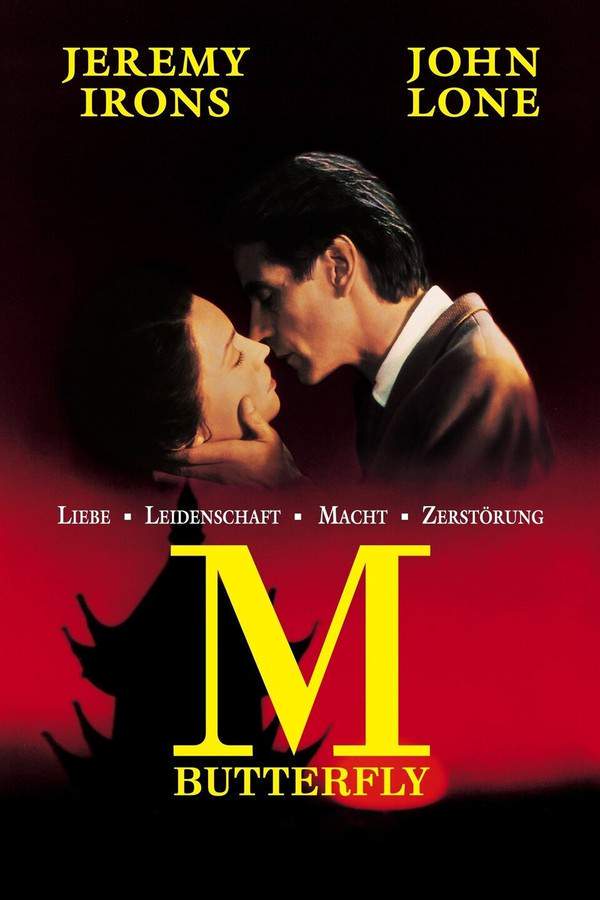






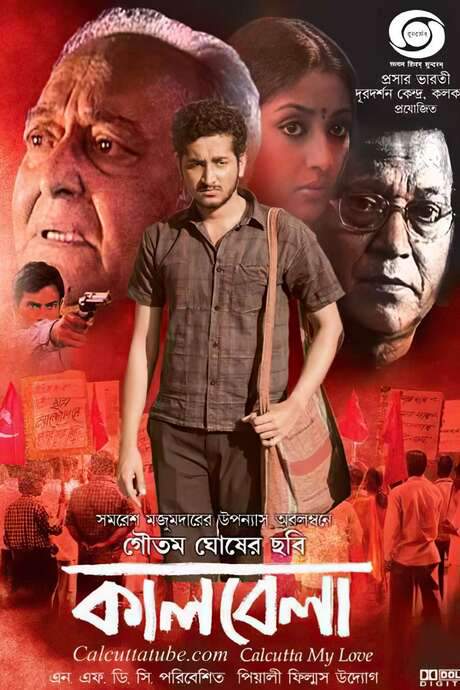
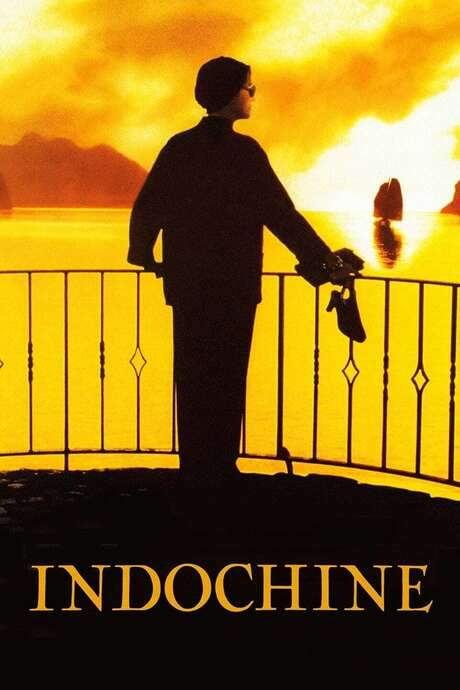
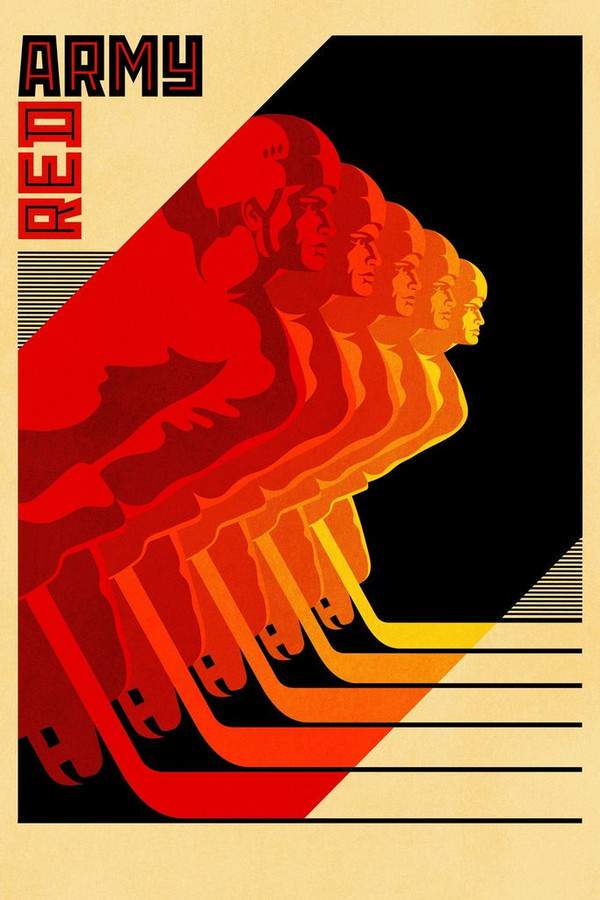

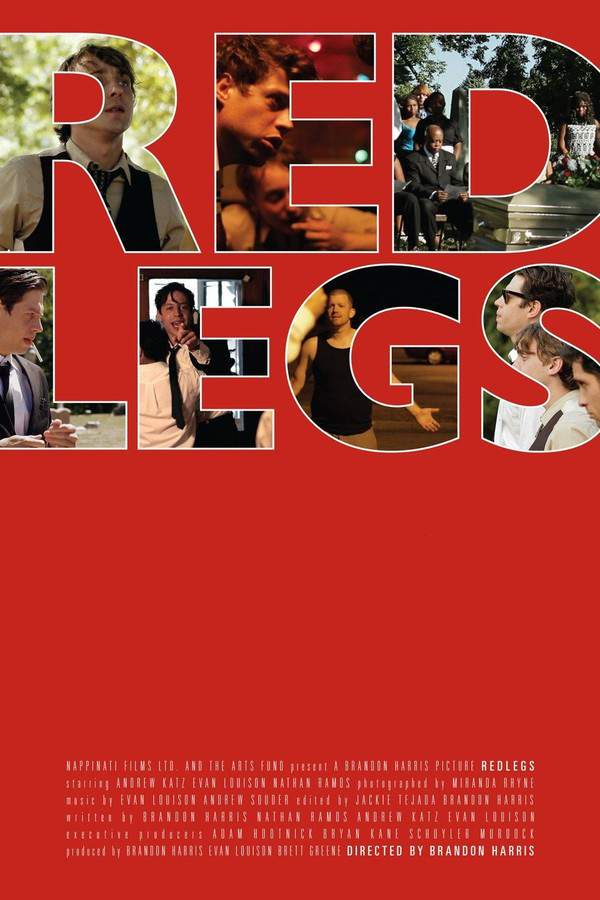










-GXe6qXgIQpk7Pg.jpg)
